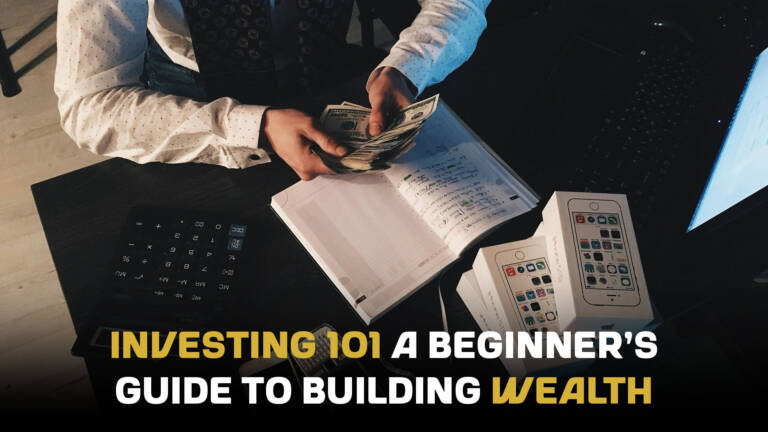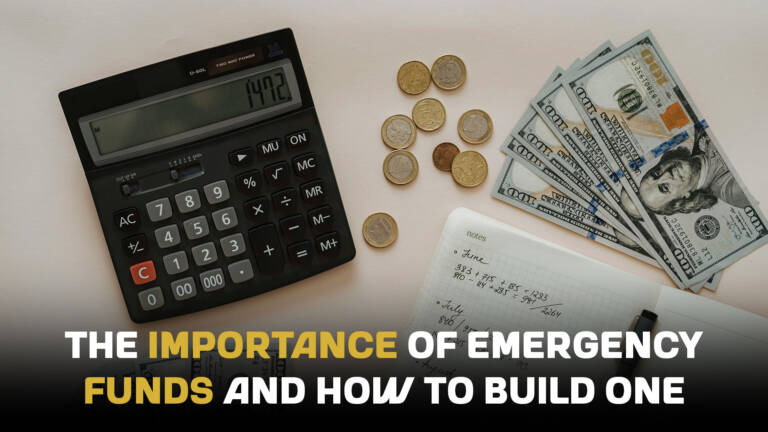Imagine: you’re standing at the bottom of a mountain of debt, staring up at the steep climb ahead. You’ve got student loans, credit card balances, and maybe even a mortgage. It feels overwhelming, but here’s the truth—you can conquer it. Managing debt isn’t about living in constant fear of your next bill, it’s about finding smart, strategic ways to pay it off and gaining control of your financial future.
Ready to climb?
Types of Debt: What’s Weighing You Down?

Let’s start by breaking down the different types of debt you might be dealing with. Not all debt is created equal, and each one comes with its own challenges and repayment strategies.
- Student Loans: If you went to college, chances are you’re familiar with these. Student loans can be federal or private, with varying interest rates. The good news is, that federal student loans often offer more flexible repayment plans.
- Credit Card Debt: High-interest credit card balances can feel like a never-ending cycle. You’re paying off interest more than the actual balance, which makes it one of the most frustrating types of debt to tackle.
- Mortgages: Owning a home is a dream for many, but mortgages are long-term debts that can take decades to pay off. The interest rate on your mortgage determines how much you’ll pay in the long run.
- Personal Loans: These are usually unsecured loans (meaning they don’t require collateral), but they often come with higher interest rates than mortgages or car loans.
Strategies to Pay Off Debt: Snowball vs. Avalanche
Now that you’ve identified what kind of debt you have, let’s talk about how to pay it off. There are two main methods: the snowball method and the avalanche method. Each one has its perks, so it’s all about choosing the approach that works best for you.
Snowball Method: Start Small, Win Big
Think of the snowball method as rolling a tiny snowball down a hill—it gets bigger and gains momentum as it goes. Here’s how it works:
- List all your debts from smallest to largest balance.
- Focus on paying off the smallest debt first while making minimum payments on the others.
- Once the smallest debt is paid off, take the money you were putting toward it and add it to the next smallest debt, and so on.
This method works because it gives you quick wins. Paying off small debts feels empowering and motivates you to keep going.
Avalanche Method: Crush the High-Interest Debt First

If you’re more interested in saving money on interest, the avalanche method might be your jam. Here’s how it works:
- List all your debts from highest to lowest interest rate.
- Focus on paying off the debt with the highest interest rate first, while making minimum payments on the others.
- Once the highest-interest debt is gone, move on to the next one.
This method saves you more money in the long run because you’re tackling the most expensive debt first. It might take longer to see a zero balance, but the financial payoff is worth it.
Negotiating Lower Interest Rates: A Game-Changer
Here’s a hack most people don’t know: you can negotiate lower interest rates. Yeah, you read that right.
How to Negotiate a Lower Interest Rate
- Do your homework: Before calling your lender, research the interest rates offered by competitors. This gives you leverage in the conversation.
- Call your lender: Be polite but assertive. Explain your situation and ask if they can offer a lower rate based on your payment history or competitor rates.
- Use balance transfers: If you have high-interest credit card debt, consider transferring your balance to a card with a lower interest rate or a 0% introductory offer. Just be sure to pay it off before the promo period ends.
- Refinance your loans: For student loans or mortgages, refinancing can often help you secure a lower interest rate, especially if your credit score has improved since you took out the loan.
Consolidating Debt: Simplify and Save
Juggling multiple debts can feel chaotic. Enter debt consolidation—the process of combining multiple debts into one loan with a single monthly payment.
- Pros: Consolidating debt can lower your interest rate, simplify your payments, and reduce the stress of keeping track of multiple accounts.
- Cons: Some consolidation loans have longer repayment terms, meaning you might end up paying more in interest over time.
Expert Advice: Avoiding Debt Traps

Debt can sometimes feel like quicksand—the more you struggle, the deeper you sink. However, avoiding debt traps can keep you from getting stuck in the first place. Here’s some expert advice:
- Live below your means: It’s tempting to keep up with the latest trends, but experts like financial advisor Dave Ramsey recommend cutting back on non-essential spending and living below your means. The extra cash can go toward paying off debt.
- Avoid payday loans: These short-term loans might seem like a quick fix, but they come with sky-high interest rates that can trap you in a cycle of debt. Experts agree: steer clear.
- Build an emergency fund: One of the reasons people fall into debt is because they’re not prepared for emergencies. Aim to save at least $1,000 in a starter emergency fund to cover unexpected expenses.
- Stick to a budget: This is one of the simplest and most effective ways to manage your money and avoid new debt. Apps like Mint or YNAB (You Need A Budget) make budgeting easier than ever.
Real-Life Success Stories: From Debt to Freedom
Let’s talk about some people who’ve conquered their debt and lived to tell the tale.
Mia’s Story: Crushing $20,000 in Credit Card Debt
Mia, 28, found herself buried in $20,000 of credit card debt after years of living paycheck to paycheck. She decided to try the snowball method, starting with her smallest debt of $1,500. After three months of aggressively paying it off, she moved on to the next card, eventually paying off all her credit cards in three years. “The key was seeing those small victories,” Mia shares. “It gave me the motivation to keep going.”
Jason’s Journey: Paying Off $50,000 in Student Loans
Jason, 35, graduated with $50,000 in student loan debt. Instead of panicking, he refinanced his loans to lower his interest rate and used the avalanche method to pay off the highest-interest loan first. “I cut back on going out, picked up a side gig, and threw every extra dollar at my loans,” Jason says. After six years of sacrifice, Jason is debt-free and feels like he has a new lease on life.




Leave a Comment